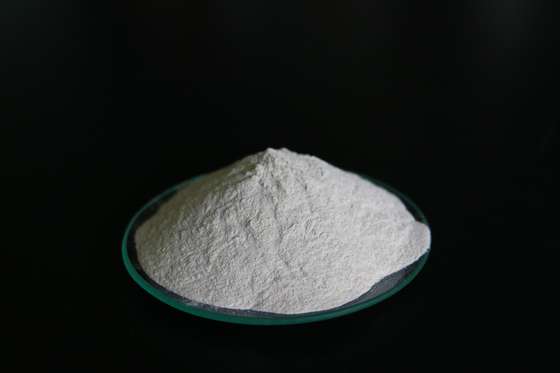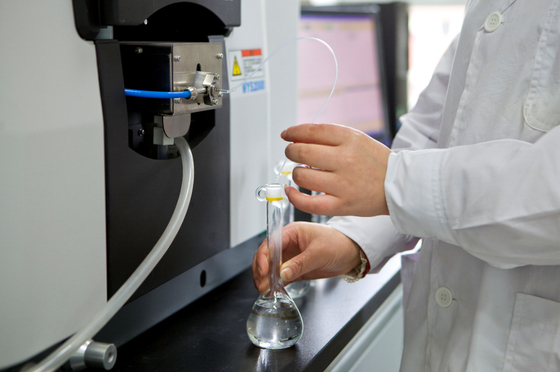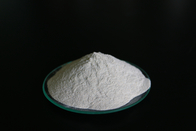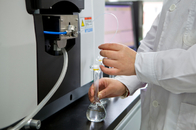Feed Additive Organic Chromium Compound
| Place of Origin | China |
|---|---|
| Brand Name | ChromPower® Propionate |
| Certification | FAMI-QS, ISO9001, ISO22000 |
| Model Number | 4000 |
| Minimum Order Quantity | 5000 KG |
| Price | negotiable |
| Packaging Details | 25kg/bag |
| Delivery Time | prompt shipment |
| Payment Terms | L/C, D/A, D/P, T/T, Western Union, MoneyGram |
| Supply Ability | 4000 MT/year |
| Chromium Propionate | Not Less Than 2.1% | Cr(III) Content | Not Less Than 0.4% |
|---|---|---|---|
| Appearance | Light Green Powder | Moisture | Not More Than 5% |
| Pb | Not More Than 20 Ppm | As | Not More Than 5 Ppm |
| Target Animals | Suitable For All Animals And Stages | Dosage | 50~150gram/ton Of Complete Feed |
| Usage | Feed Additives | Package | 25 Kgs / Bag (outside PP And Inner PE) |
| High Light | nicotinate organic chromium compound,feed additive organic chromium compound,2.10 percent light green powder |
||
2.10% light green powder as feed additive chromium propionate
Are there other Organic Chromium products on the market?
Yes. Except chromium picolinate, there are chromium propionate, chromium nicotinate, chromium methionine and chromium yeast.
What is the dosage of Chromium in animal feed?
0.2~0.6 ppm Cr/ ton of complete feed
What kind of animals can be used for chromium propionate?
Swine, poultry, cattle, aqua
Did Chromium Propionate approved by EU, China or USA?
It is a very normal feed additive and which is approved by China and USA. Still not be approved by EU
Description and function
Chromium Propionateis an organic chromium compound. It is widely used as human health-care products, medicine, food additives and feed additives. Chromium Propionate has already been approved by FDA and China. As a nutritional trace mineral, chromium has the effect on animals as follows.
1. Alleviate various stresses(heat, cold, transportation, etc.)
2. Improve carcass quality and lean meat, reduce fat concentration
3. Increase glucose absorption, promote growth, immunity and FCR
4. Improve female’s reproductive performance, enhance sow’s farrowing rate,layer’s laying rate and cow’s milk yield





